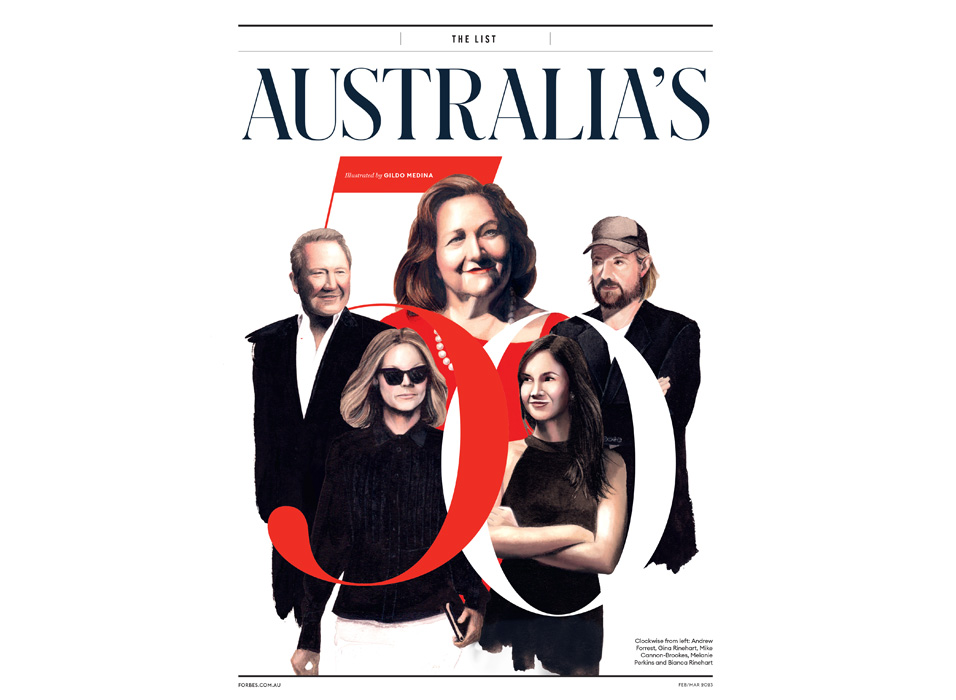Apple and Amazon led the obsession of customer-centricity and human-centred design, so where is everyone else?

Private and household level consumption account for about half of Australia’s gross domestic product (GDP), highlighting the huge economic power consumers have collectively. Everchanging individual consumption preferences and spending volumes of consumers have the ability to make companies and broader sectors, from banking to car manufacturing, prosper or fall.
Business-to-Consumer (B2C) enterprises have been competing hard to gain consumers’ attention, trust, and business. Yet, the way B2C businesses view consumers today have come a long way in the last two decades, with even more change anticipated.
Traditional value concepts without a holistic consumer lens
In the past, B2C companies were built siloed along traditional sector definitions. Banks, telco companies, large retailers, home builders, and taxi companies used to compete within their industry boundaries providing differentiated products and services belonging to their domain.
THE LIST
Incumbents built vertically integrated value chains within their sectors and ran business operations front to back. For example, incumbent banks today maintain a banking license, own the capital and balance sheet, manufacture their own product and service offerings, run the risk function with large teams of underwriters, operate branch networks, and own technology and infrastructure to support all these.
Traditional companies looked at consumers purely from the lens of their own product and service categories. Customer needs were identified within the sectoral definitions and treated as product needs. Steering the value of B2C businesses typically focused on metrics like product sales, active product accounts, product balance and margin as well as operational and capital cost efficiency. Modelling customers’ lifetime value was more a rarity and typically was limited to share of wallet analysis defined within the product categories.
However, times have changed significantly requiring B2C businesses to rethink their value chain presence, sources of value-generation and value steering mechanisms.
Putting the consumer front and centre in the new normal
With the likes of Apple and Amazon, the obsession of customer-centricity and human-centred design broke into modern business management practices and today have become the prevalent norm. Shifting the mindset from “selling products” to “providing value” to consumers in the context of their more holistic underlying customer need and journeys has radically changed how successful B2C businesses define their core business and identify their sources of differentiation today.
With new forms of as-a-service solutions becoming a reality enabled by cloud-based technologies and data sharing capabilities, vertically integrated value chains have become less economical to maintain.
Companies with strong brand, marketing and customer acquisition, product development, data management, customer experience capabilities are better off taking the higher return on investment (ROI) front-seat of the value chains, controlling customer relationships and curating and orchestrating propositions around those holistic customer needs. On the other hand, businesses with strong capital position, infrastructure management and operational capabilities are becoming back-end infrastructure providers, with lower ROI but on a scaled operation, shifting to a Business-to-Business-to-Consumer (B2B2C) model.
Forbes Australia issue 3 is out now. You can pick up your copy at all good newsagents or become a member here.
Consumers have started to comfortably take services from non-traditional players who offer better value, amazing customer experience and a more aligned identity to their individual societal beliefs. The proliferation of embedded finance is a good example where transactional banking and insurance products and services are being offered seamlessly by non-financial brands within their own curated digital customer journeys (like paying within the Uber app or buying travel insurance as part of the check-out process of an online travel agency) – pushing traditional sector players into an invisible role.
Modern businesses are incentivised to consider their high-value, loyal customer base as their single most important financial asset. Better responding to changing customer needs, leveraging behavioural analytics to customise experiences and service modes, or putting more focus on rewarding customer loyalty are all becoming inevitable business initiatives benefiting the consumer.
Emergence of new consumer ecosystems
We are also witnessing the fall of sectoral borders and the emergence of new ecosystems, each centred around a set of holistic customer needs (like mobility, housing, commerce, health, travel, etc.). These ecosystems are better aligned to the core concept of frictionless, convenient and value-added customer service. Businesses today are facing a new economic model – whether they proactively move into these ecosystems (orchestrators and active participants) or get pulled in by market forces (passive participants). Ecosystem participants need to work together to attract and best serve their customers’ holistic needs in order to grow the value of the ecosystem and share the results.
Super-ecosystems that horizontally connect and orchestrate different customer-need zones within a single technology platform while providing exceptional user experience and benefits to their customers are also on the rise. Marketplace platforms (like Facebook, Uber, AirBnB), super-apps (like WeChat, Grab) and widely used loyalty programs (like Qantas Frequent Flyer) act as value connectors and easy access points for consumers to retrieve additional value from a broader set of services across several ecosystems relevant for them. These new ecosystems create economic synergies that were not viable previously due to sectoral barriers.
Australia’s Consumer Data Right legislation is aimed at creating an economy-wide secure infrastructure for consumers to share their data with businesses across different sectors (including finance, energy and telecommunications) thereby fostering product innovation, better service and enhanced value-add for the end-user. This will accelerate the intersectoral connectivity and put additional rights (and value) in the hands of consumers.
As new partner consortiums are forming and will be competing with one another across a handful of new B2C ecosystems (similarly to how Apple and Google have built two competing mobile application ecosystems), we can assume that the resulting synergies and new shapes of innovation will ultimately increase consumers’ well-being and provide better access and inclusion for the wider public in the near future.
With the proliferation of a digital-first ecosystem economy, there’s no better time to be a consumer.
Adam Flesch PhD – Senior Client Partner, Head of Financial Services Strategy at Publicis Sapient



